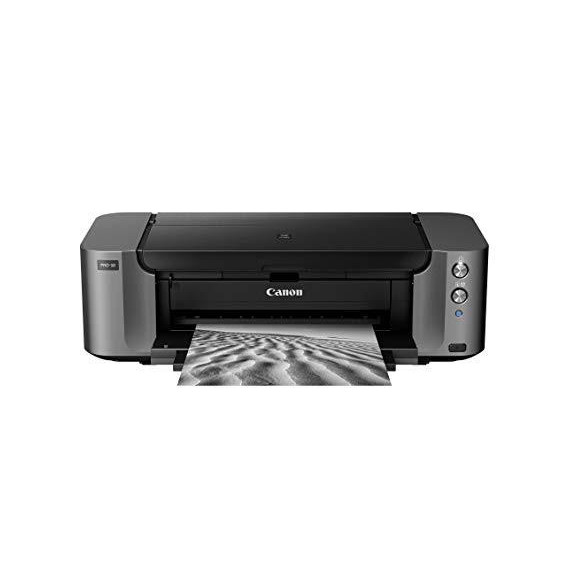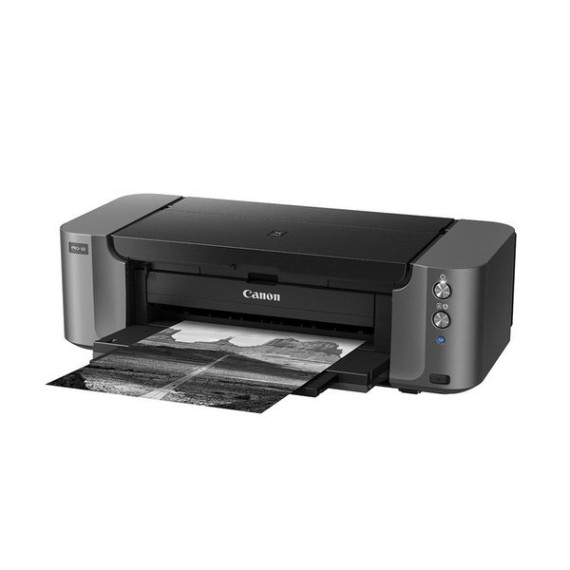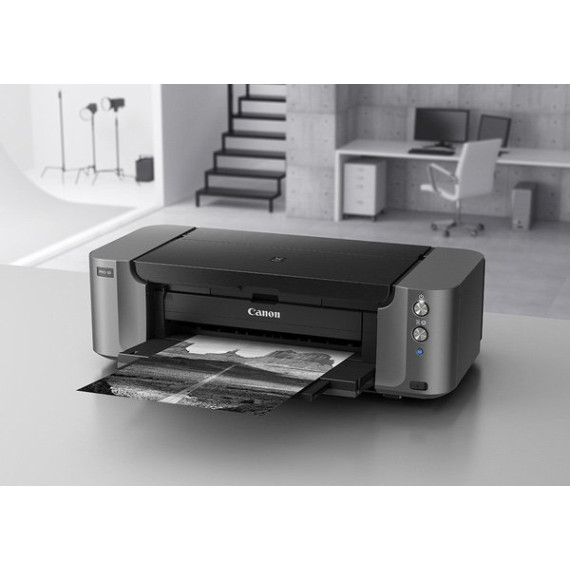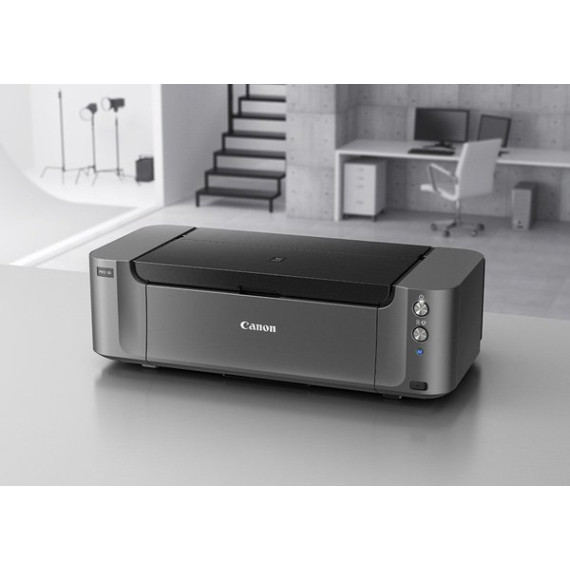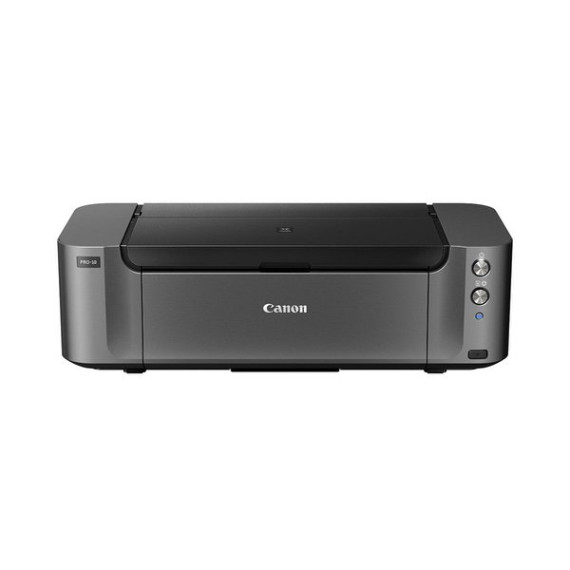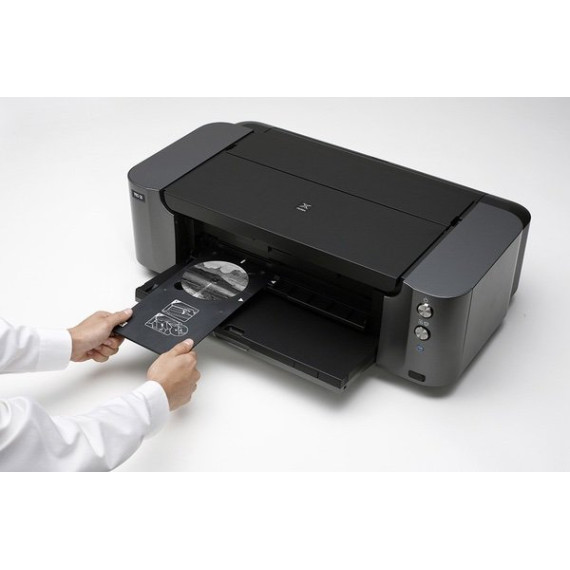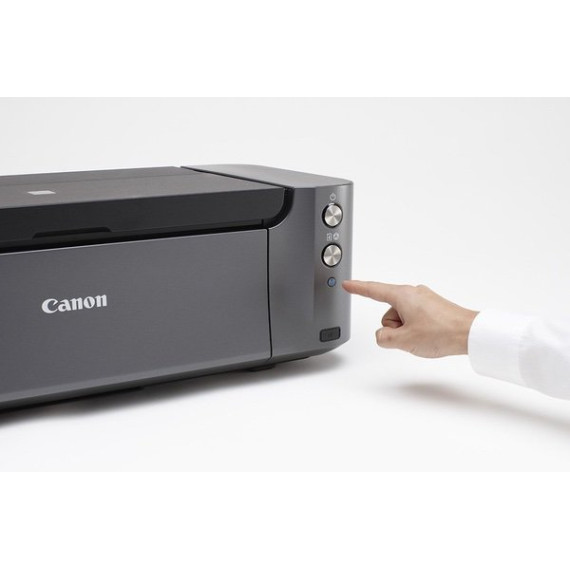Canon PIXMA PRO-10 Color Professional Inkjet Photo Printer
B0095F5BBO

Target is a general merchandise retailer with stores in all 50 states and the District...
City: US, New York
Delivery
DHL express - Fast
1 day, Door-to-Door, Courier Delivered
from 26$
Pickup at your own expense
Tomorrow from 09:00 to 20:00, Store location
Free
Payment options
Cash, bank card, credit/installment payments, cashless payment for legal entities
Warranty and returns
Exchange/return of products of proper quality within 14 days
Official manufacturer's warranty: 12 months
Features
Connectivity Technology
Wireless;Ethernet; USB
Item Dimensions
15.2 x 27.2 x 8.5 in
Item Weight
43.9 lbs
Operating System
- Windows, Mac
Printer Output
Color
Printer Technology
Inkjet
Wireless Type
802.11bgn
Description
This fits your .
Reviews
No reviews found
Product variations
Please sign in so that we can notify you about a reply




